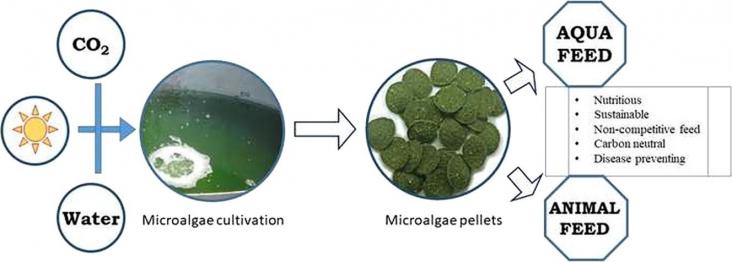Elsevier,
Agricultural Internet of Things and Decision Support for Precision Smart Farming, 2020, Pages 1-33
This chapter explores how using technology and precision farming can improve yields while protecting the earth's resources, advancing SDGs 2 and 12.
This book chapter addresses goals 9 and 12 by describing recycling methods including primary, mechanical, chemical and quaternary, to create new valuable products from plastic wastes and keep them out of landfill.

The development of mass-market electric vehicles (EVs) using lithium-ion batteries (LIBs) is helping to propel growth in LIB usage, but end-of-life strategies for LIBs are not well developed.

The utilization of existing metallurgical infrastructure and integration of secondary process streams into primary metals production can provide advantages over separate recycling plants.
Identification of methodologies for recycling laminated glass, especially the interlayer film, and their contextualization within the glass recycling field implicated an extensive patent search.
Detailed information on research and development (R&D) spending of the private sector is very limited, particularly when the interest is on small and medium enterprises or focuses on companies act

Nepal has been suffering from a serious energy crisis for decades. It has severely affected its economic, social and political developments.
Enteric viruses are an important food safety concern and have been associated with many foodborne disease outbreaks.

Aquaculture and animal rearing for meat has increased exceedingly to meet the demands of ever-increasing population.
